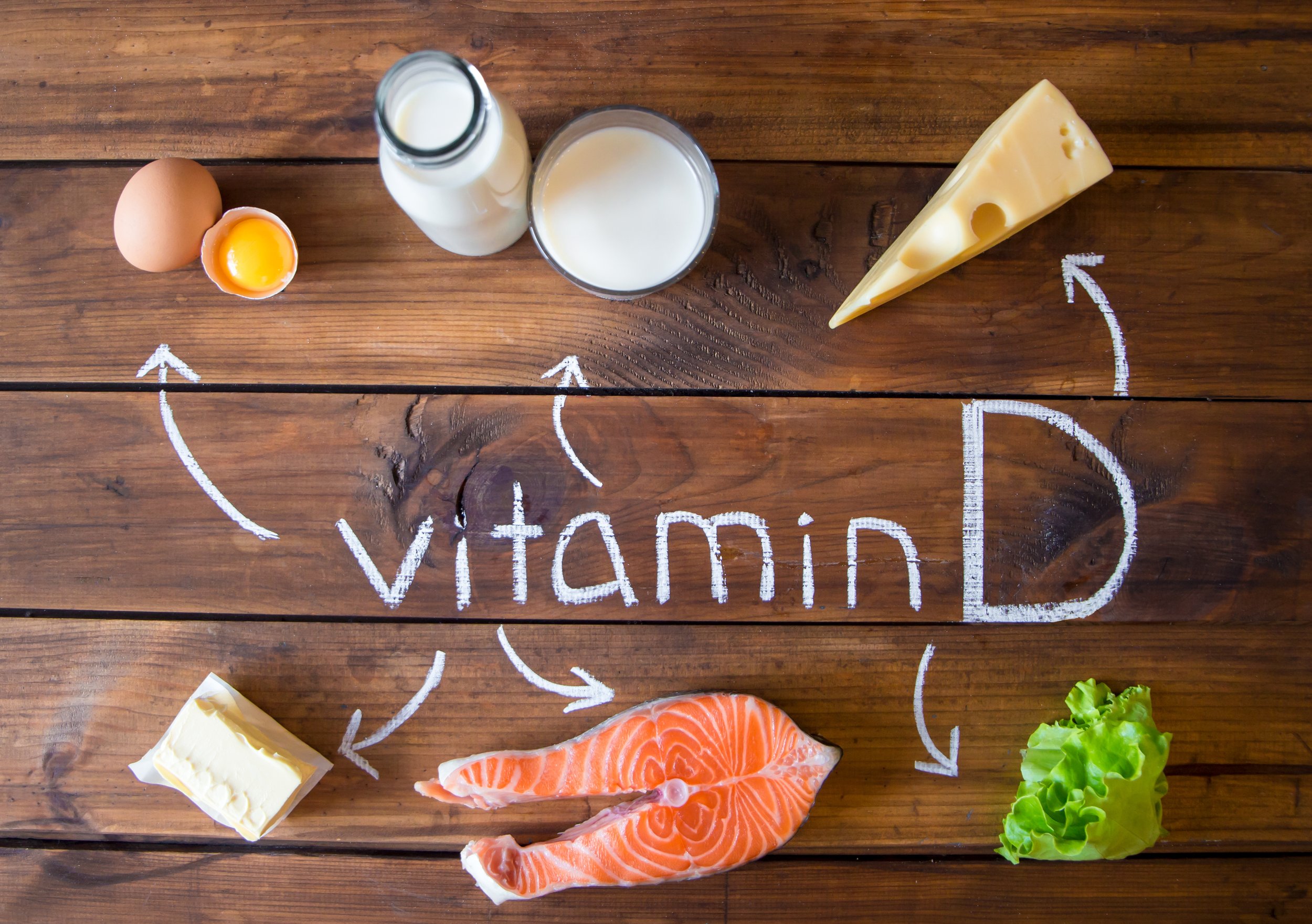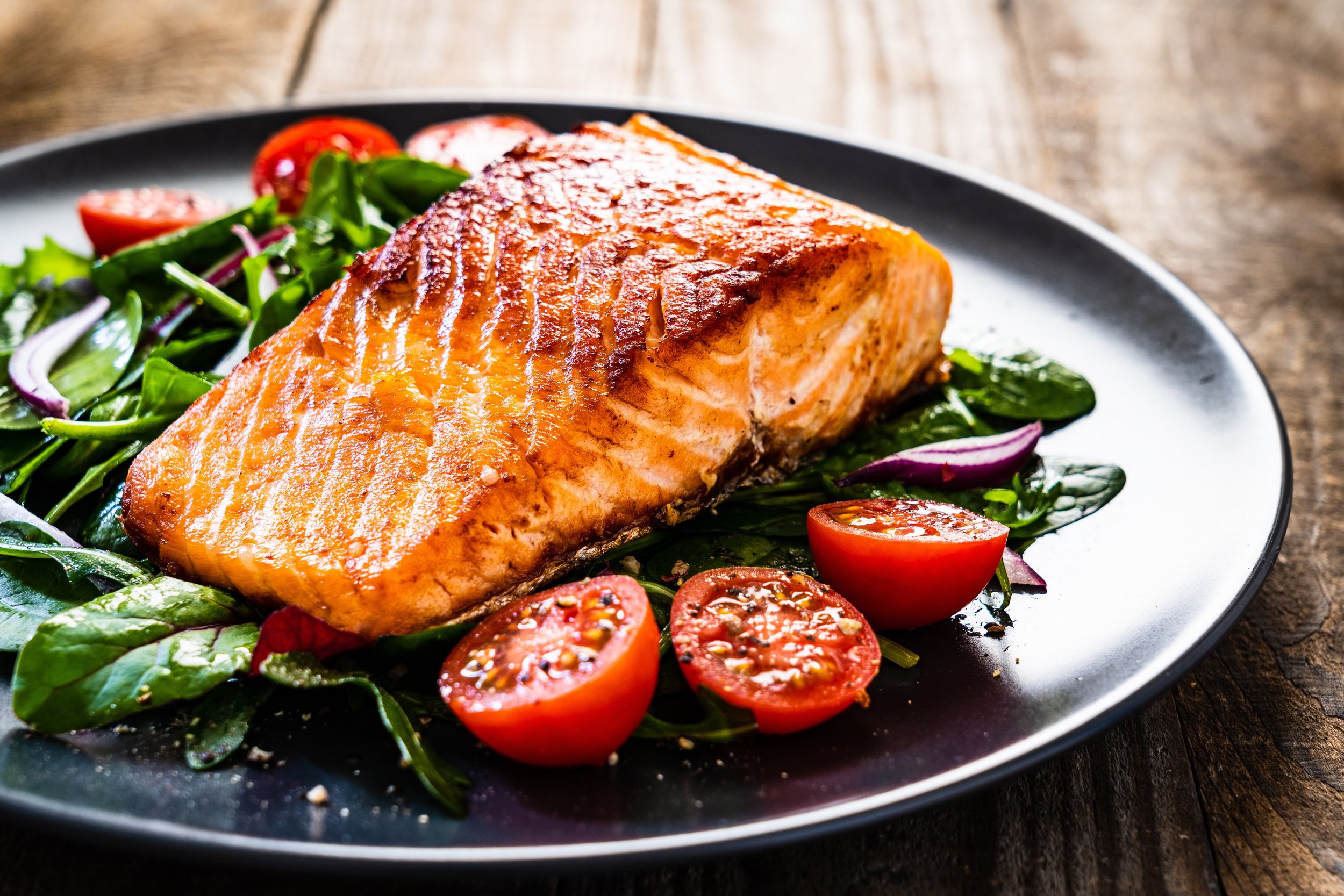The D Minder - Vitamin D and Your Health
Somewhere in the middle of the pandemic, the subject of Vitamin D began to interest me. Reading that Vitamin D is really a hormone and not a vitamin, I slowly began to understand the impact of Vitamin D on health.
So here we are again facing the middle of winter, less sun, more colds and flu. If you follow the Vitamin D levels in patients in relation to the seasons, you too will be impressed with the direct correlation between low levels of Vitamin D and the increase in colds and flu. I think throughout the years, even pre-pandemic, we have always been aware that the cold wintry weather with a lot more time indoors is the season ripe for sniffles, sore throats and flu.
So, it brings me to the most important question you can ask yourself and answer now. Do you know your Vitamin D level? If not, let’s get it checked. Everylywell sent me an easy test kit and within a week, I had the kit, sent back my test, and had the answer. In fact, I could compare it to my blood work from my internist. So check, check.
So we now know that there is a receptor for Vitamin D in every cell. How to help your body make it? It’s easy and it is a do-it-yourself project. Get out in the sunlight at least 15 minutes, 3 times a week, without sunscreen. Nothing wrong with sunscreen on your face but leave your arms out. The expert advice also includes the angle of the sun.. the higher in the sky, the better. What could be better than a mid-day walk for lunch, 3 days a week?
The amazing story of Vitamin D is that with sun exposure you can have enough. Vitamin D is made in the body when a cholesterol-like compound in the skin is activated by Ultraviolet light. This converts the precursor of Vitamin D to its active form by enzymes produced by the liver and kidney. People who are lactose intolerant and those who avoid dairy should seek non-dairy sources.
The more we understand the more we can appreciate that Vitamin D is super important. The latest from Harvard’s School of Public Health notes that laboratory studies show it can reduce cancer cell growth, help control infections and reduce inflammation. When it comes to COVID, it is important to realize that this could be your best defense of all.
The known side effects of Vitamin D deficiency include increased risk of cancer: breast, colon, and prostate. Also, Depressed mood, poor brain functions and severe dementia in older adults, bacterial infections, and gum disease.
Osteoporosis is a major problem for those who are older.
It is figured that one out of 2 women have the disease.
Which is called the silent killer because of the fact that there is no pain associated with the disease.
Although uncommon in the US, a deficiency of Vitamin D causes rickets in children, typically a bow-legged appearance.
So what are the go-to foods to help in your quest for a good Vitamin D? Although Herring is top on the list and cod liver oil is second, my favorite of all is salmon: 3 ounces equal to 390 Vitamin D IU. Tuna is also on the list and is high in Vitamin D. Also, my newest food to love is mushrooms. Shiitake mushrooms are grown in the light of the sun, literally capturing Vitamin D for you, in edible form. Sweet!
The mineral calcium needs vitamin D to form bone cells
And this is why Vitamin D is often added to milk and cereals but cheese and yogurt are generally not fortified so check the label. 400 IU a day is the recommended dose, but higher amounts are presently recommended.
The dose of vitamin D supplementation can be confusing
However, supplementation of 2000 IU a day, for adults, especially during the winter months, is a good place to start while you are waiting on your Vitamin D results. It appears that there is no toxicity associated with too much Vitamin D. So Sun,Salmon and Supplements should easily do the trick.



